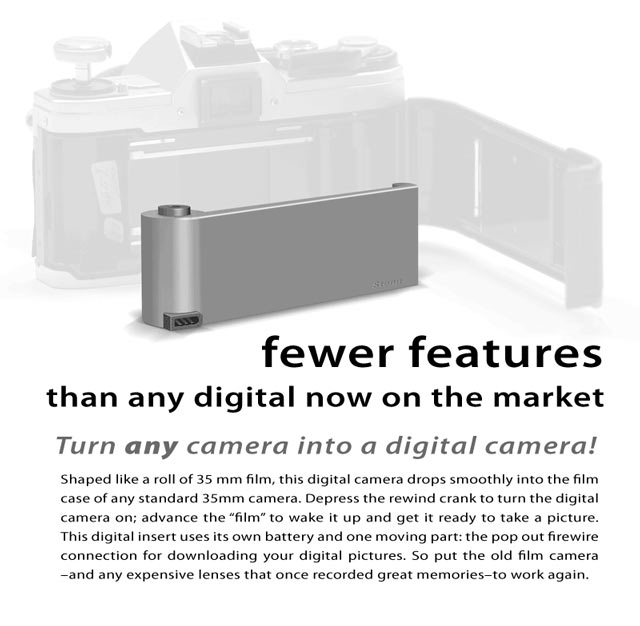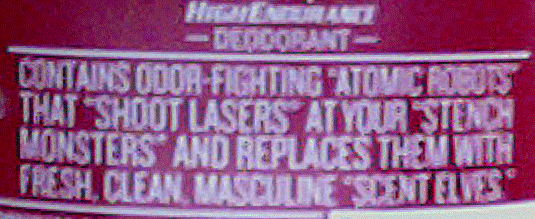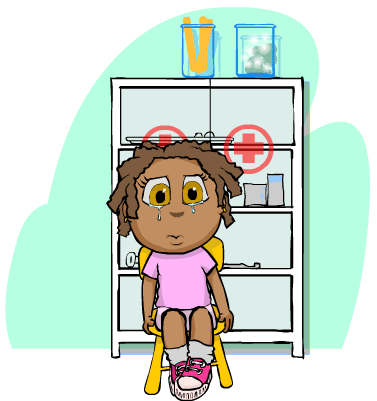
Just like the 35mm camera digital insert, this is an older image. In July 2007 I posted the photo with a frustrated plea for just such a device. Like an iPod touch, but with a screen twice the size of an iPod, and a screen segmented to fold so it’s protected and easily dropped in a pocket. I used two monitors regularly; the technology for a two screen iPod is there. I added other needs, too: No apps was a requirement. I figured everything I need is on line if you just give me a browser to access it. A smart browser that can get on the darn internet and find the functionality that I need, automatically.
I’ve held an iPad Mini. If the thing would fold in half, I’d buy one. All the little apps would be a pain in the rear, but I’d live with it. At the time I created the photo mock-up, I had a reasonable income and great internet connections. Now, not so much.




 same packing and shipping constraints; but putting the opening flaps on the side would almost double the size of the access hole. I’d be able to scoop and scrape to the bottom of the bag!
same packing and shipping constraints; but putting the opening flaps on the side would almost double the size of the access hole. I’d be able to scoop and scrape to the bottom of the bag!







